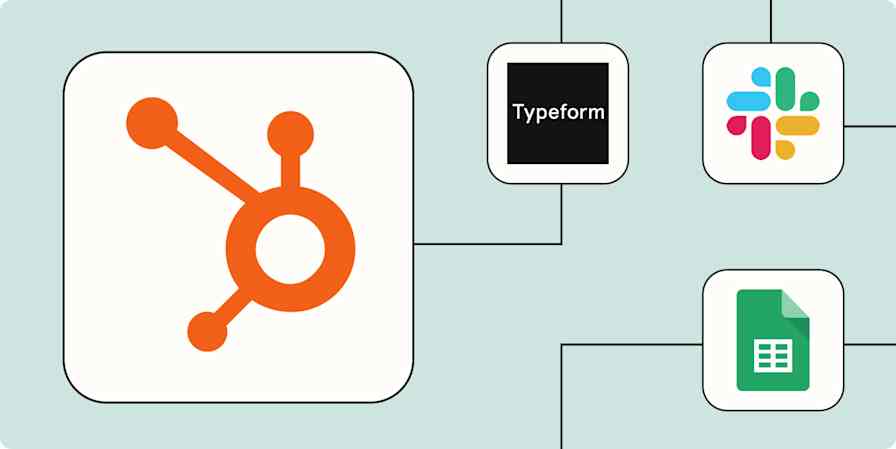Business tips
5 min read4 free strategic plan templates (and how to use them)
By Dylan Reber · November 15, 2024

Get productivity tips delivered straight to your inbox
We’ll email you 1-3 times per week—and never share your information.
tags
Related articles
Improve your productivity automatically. Use Zapier to get your apps working together.









